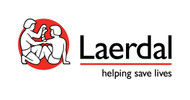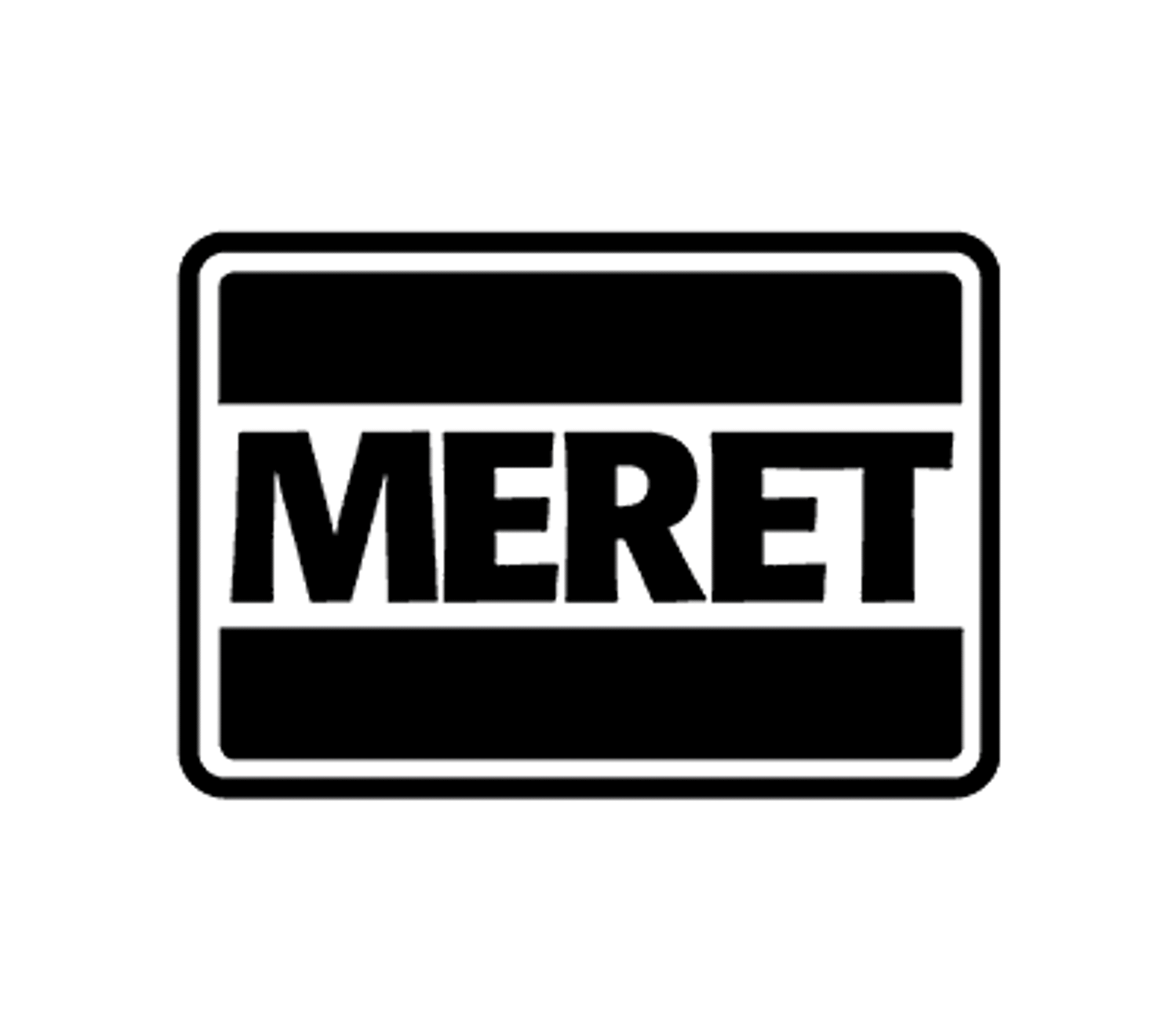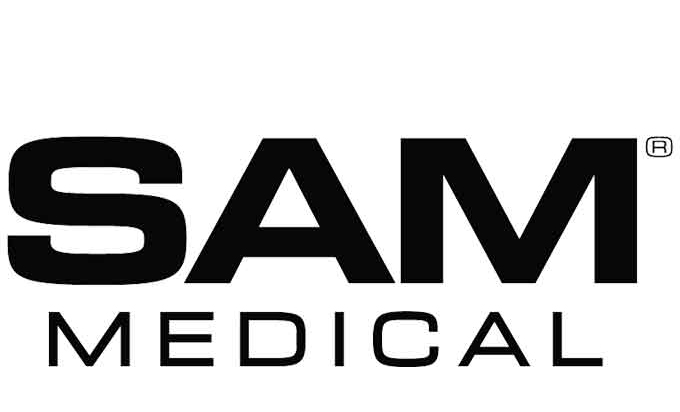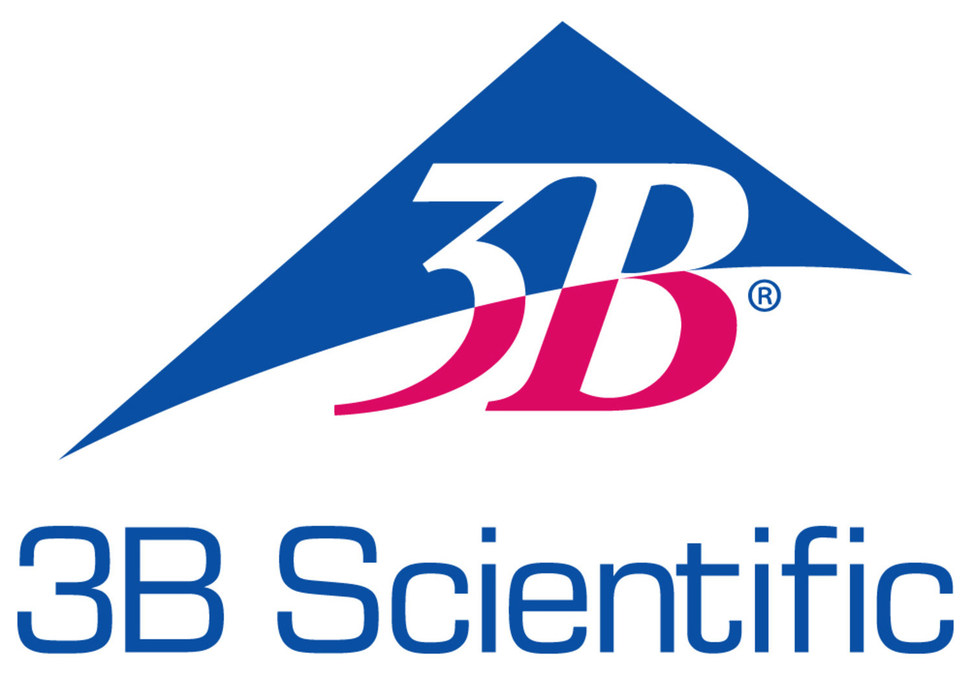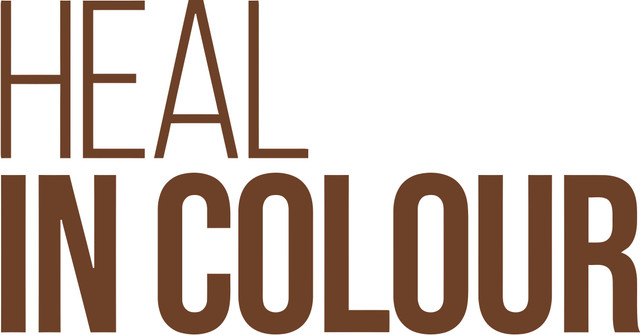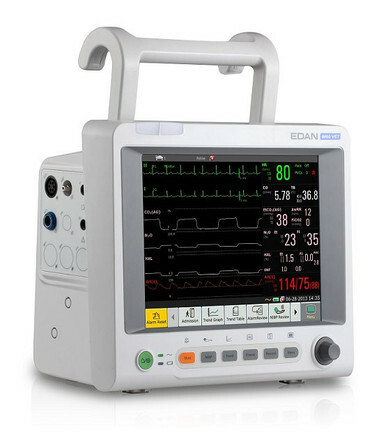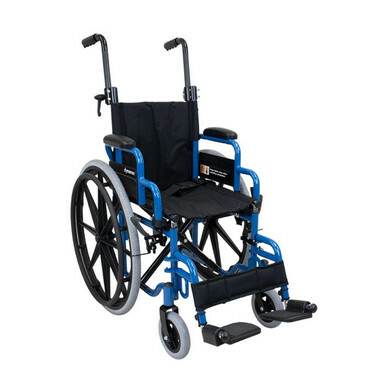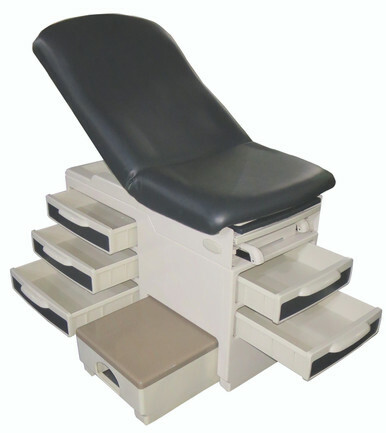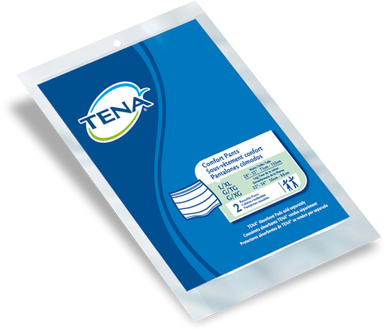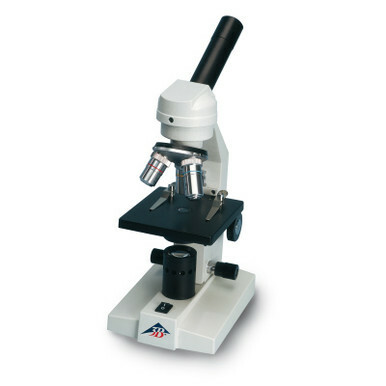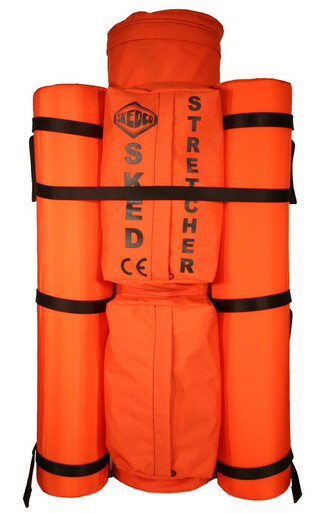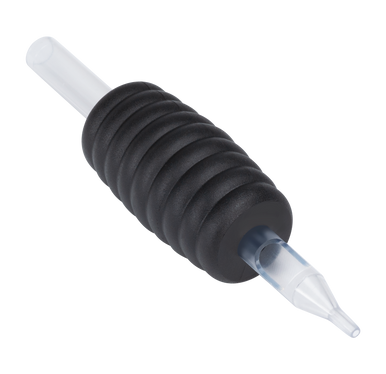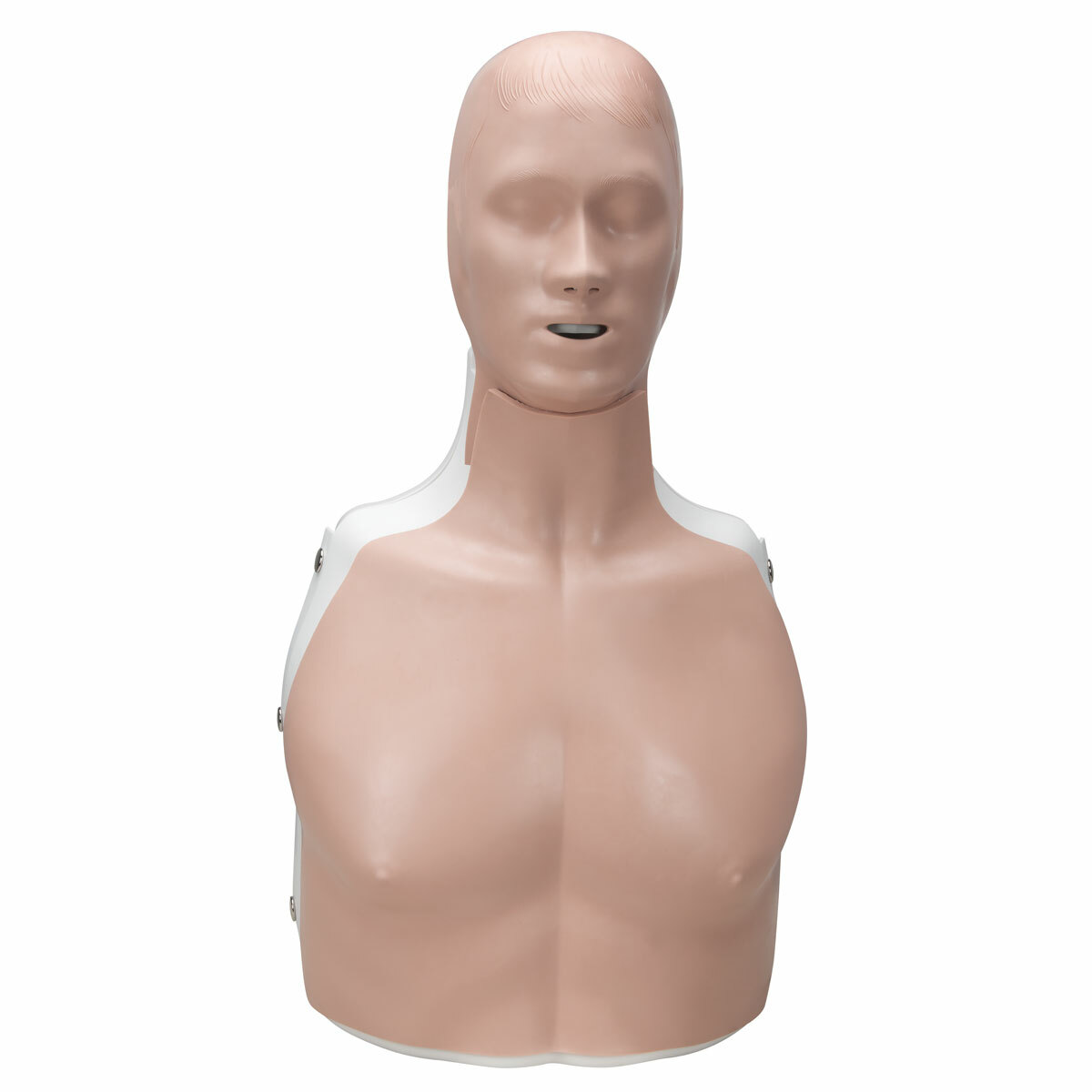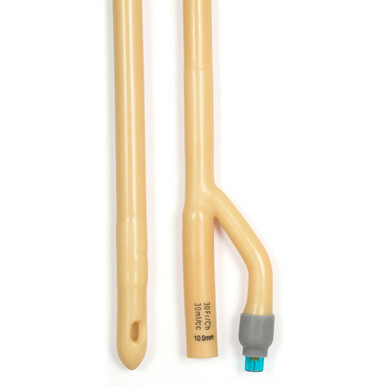The Lifeline of Healthcare: IV and Saline Solutions
Posted by EMRN on 22nd May 2024
In the realm of healthcare, few things are as vital and ubiquitous as intravenous (IV) and saline solutions. These solutions serve as the lifeline for patients in various medical settings, from emergency rooms to intensive care units, providing hydration, medication delivery, and life-saving treatments. Let's delve into the world of IV and saline solutions to understand their significance and impact on patient care.
Understanding IV and Saline Solutions
IV solutions are sterile fluids that are administered directly into the veins through a catheter. They are used to deliver medications, nutrients, and fluids directly into the bloodstream, bypassing the digestive system for rapid absorption. Saline solutions, also known as saline or saltwater solutions, are a common type of IV fluid that contain a specific concentration of sodium chloride (salt) in water. These solutions are isotonic, meaning they have the same concentration of salts and minerals as the human body's cells and blood.
Applications in Healthcare
IV and saline solutions play a crucial role in a wide range of medical scenarios:
- Hydration: IV fluids are used to treat dehydration caused by illnesses, surgeries, or insufficient fluid intake. They help replenish fluids and electrolytes in the body, restoring proper hydration levels.
- Medication Delivery: Many medications, including antibiotics, pain relievers, and chemotherapy drugs, are administered intravenously for quick and effective delivery to the bloodstream.
- Nutritional Support: In cases where a patient cannot consume food or fluids orally, IV solutions containing nutrients can provide essential nourishment.
- Emergency Care: IV fluids are essential in emergency situations such as trauma, severe infections, or shock, where rapid fluid resuscitation is necessary to stabilize the patient.
- Chronic Conditions: Patients with chronic illnesses such as kidney disease or heart failure may require regular IV treatments to manage their condition and improve their quality of life.
Safety and Quality
Ensuring the safety and quality of IV and saline solutions is paramount. These solutions must be sterile, free from contaminants, and properly labeled with accurate concentrations and expiration dates. Healthcare providers must adhere to strict protocols for preparing, administering, and monitoring IV fluids to prevent complications such as infections, fluid overload, or electrolyte imbalances.
Innovation and Future Trends
Advancements in technology continue to improve the administration and monitoring of IV and saline solutions. Automated infusion pumps, for example, help deliver precise doses of medications and fluids, reducing the risk of errors. Additionally, research is ongoing to develop new formulations of IV fluids that closely mimic the body's natural composition, potentially improving patient outcomes and reducing side effects.
Conclusion
IV and saline solutions are indispensable tools in modern healthcare, providing essential hydration, medication delivery, and life-sustaining treatments to patients worldwide. As technology advances and medical knowledge evolves, these solutions will continue to play a vital role in improving patient care and outcomes.



